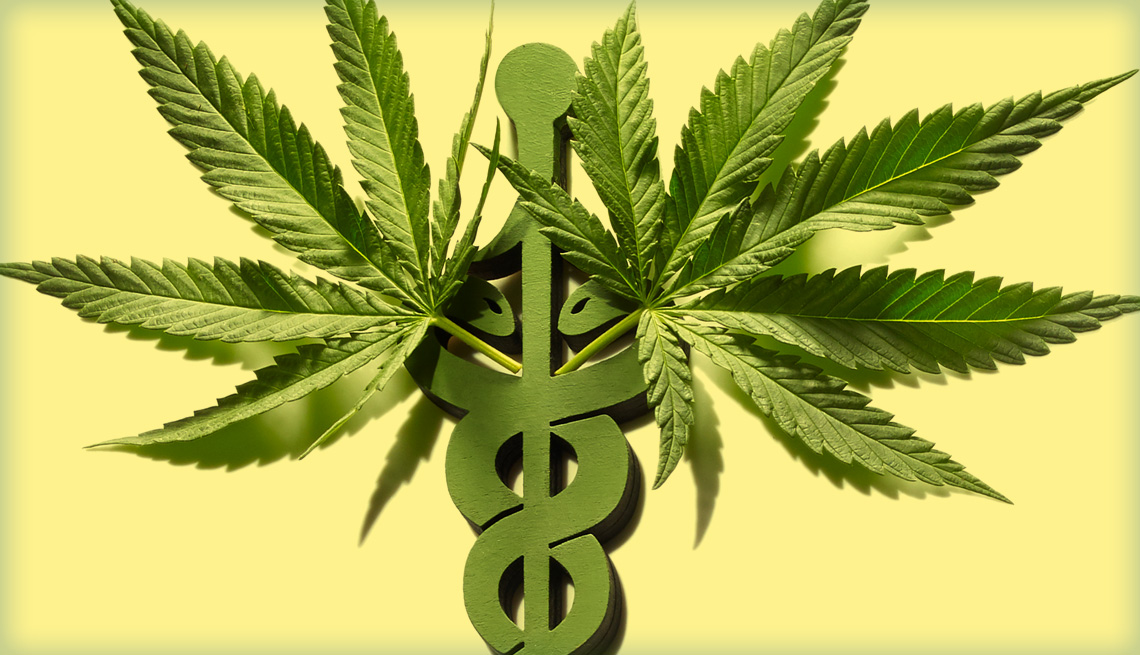
- More teens are using high-potency cannabis products, which have the potential for increased negative health effects.
- Marijuana concentrate can have THC levels that range from 40 to 80 percent.
- A new study out of Arizona found a significant number of teens have tried marijuana concentrate, potentially putting them at more risk for side effects than traditional marijuana products.
A large number of teens are using marijuana concentrates — highly potent forms of cannabis — and are more likely to use other substances as well, suggests a new study published this month.
Marijuana concentrates contain high amounts of THC — the psychoactive compound in cannabis — with levels ranging from 40 to 80 percent, or even higher in a few products.
Compare this to high-grade plant cannabis, which usually has a THC level of about 20 percent.
Many teens have tried cannabis concentrates
A new study, which was published Aug. 26 in the journal Pediatrics, looked at data from almost 50,000 8th, 10th, and 12th graders in Arizona who participated in the Arizona Youth Survey.
Researchers found that 33 percent of students reported having used cannabis at least once, and 24 percent reported having used a marijuana concentrate at some point.
The concentrate looks like butter or honey, so it’s often called “budder” or “honey oil.” It may also be known by a number of other names, including hash oil, dabs, butane honey oil (BHO), or 710.
These can be mixed in various foods and drinks or smoked using water or oil pipes. Some people may use an e-cigarette or vaporizer to inhale vaporized marijuana concentrates.
Marijuana concentrate use was highest among 12th graders (32.9 percent). It was also higher among girls and students whose parents didn’t finish high school.
Students who reported using a marijuana concentrate were also more likely to use other substances, especially e-cigarettes, compared to nonconcentrate cannabis users.
The researchers also found that students who used marijuana concentrates had a number of other risk factors for substance use, including parents with more relaxed attitudes toward drug use and greater access to drugs in their community.
“The high rates of concentrate use in adolescents are concerning, because some evidence in adults suggests that exposure to cannabis with higher THC (tetrahydrocannabinol) content could increase a person’s risk for cannabis use disorder, cognitive impairment and psychosis,” the authors wrote in the study.
Daniele Piomelli, PhD, PharmD, a professor of anatomy and neurobiology and the director of the UCI Center for the Study of Cannabis at University of California, Irvine, who wasn’t involved in the study, says it’s not clear why so many teenagers are using high-THC concentrates.
This goes against a long tradition in the 1970s through 1990s of people using fairly low-THC cannabis.
“It’s a new trend that might or might not be driven by marketing,” Piomelli said. But as a society, he adds, it’s something we need to understand.
Effects of concentrates depend on dose
Because marijuana concentrates are highly potent, the physical and psychological effects can be much stronger than with plant cannabis use.
But like all drugs, the effects of cannabis and THC depend upon how much you use.
There’s a difference between smoking a low-THC joint once a day and using a high-THC concentrate multiple times a day.
Mark Prince, PhD, an assistant professor of psychology at Colorado State University, said, “Research suggests that frequent, heavy use, such as a large quantity of cannabis, has deleterious effects.”
But he adds that right now, there isn’t enough scientific information to know where the line falls between beneficial and harmful cannabis use.
When people use a marijuana concentrate, they can titrate the dose so they only inhale or ingest enough THC to get high.
Piomelli says although this reasoning makes sense, we don’t know for certain whether this is how all people use these products.
Also, it’s easier to overdo it with marijuana concentrates, especially for novice users. This can increase the risk of toxicity.
In recent years, doctors have reported cases of users developing heart and brain problemsTrusted Source or psychosisTrusted Source after dabbing.
This could be related to the higher levels of THC in these products. But Piomelli says the marijuana concentrates can also deliver high amounts of contaminants.
One studyTrusted Source found more than 80 percent of tested products were contaminated, such as with solvents or pesticides. Homemade marijuana concentrates or those bought on the street may be more likelyTrusted Source to contain toxins.
Long-term effects of marijuana concentrates
When it comes to the long-term health effects of marijuana concentrates, we’re entering uncharted territory.
“We have a good sense of how smoking cannabis affects health. Surprisingly, it’s not as bad as one would think, based on the tobacco example,” Piomelli said.
“But we know almost nothing about all these various vaping and dabbing products that are now available,” he added.
Some studies have found that higher-potency cannabis increases the risk of cannabis dependenceTrusted Source or psychosisTrusted Source, with some studies looking specifically at the use of butane hash oilTrusted Source.
Prince’s lab has looked at the links between cannabis potency and physical and mental health effects, but have seen mixed results.
He adds that the variability of marijuana concentrates on the market also make it difficult to draw firm conclusions about the health effects.
More research is needed to understand how people are using marijuana concentrates and the short- and long-term effects of these products.
“THC is a very biologically active molecule. It has multiple effects, some of which are positive, some of which are not positive,” Piomelli said.
But he added, “We still know very little about its chronic effects, particularly in teenagers and children, pregnant women, and elderly people.”

This is a demo advert, you can use simple text, HTML image or any Ad Service JavaScript code. If you're inserting HTML or JS code make sure editor is switched to "Text" mode.